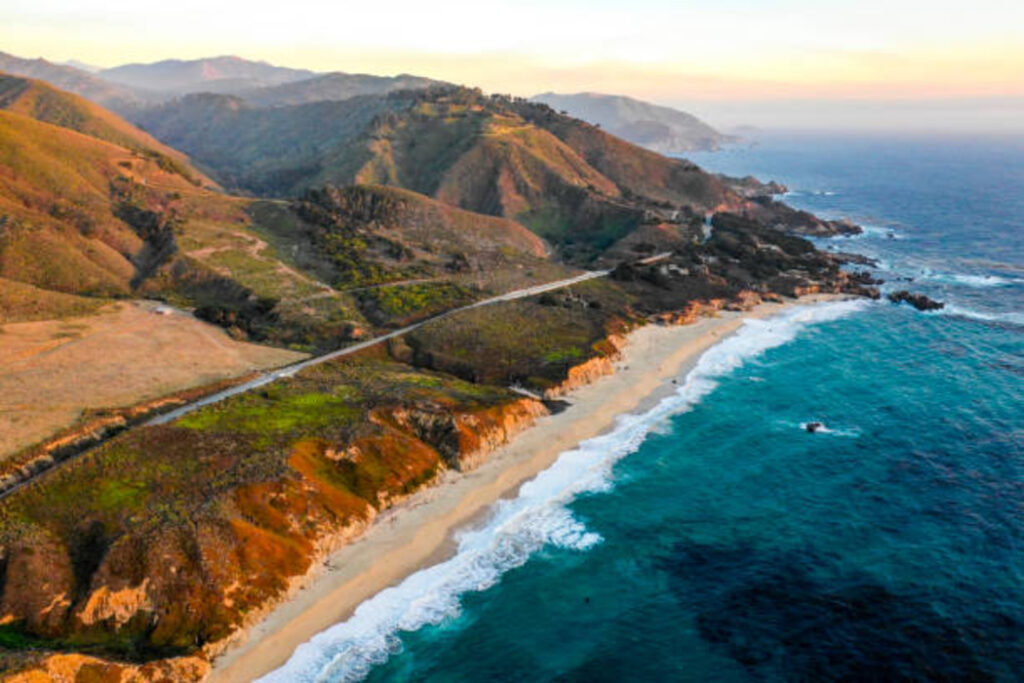Geoscientists Found the Most Dangerous Part of a Famous West Coast Fault
Posted
Last Updated
By Nikk Ogasa.
The most destructive Cascadian earthquakes are likely to slam offshore of Washington state and Vancouver Island, new data reveal.
The Cascadia megathrust is a massive fault thought capable of generating devastating magnitude 9 earthquakes similar to the 2011 Tohoku temblor, but its structure has long eluded scientists. Now, data from the most comprehensive survey yet show that the fault is not a single, continuous fracture but comprised of at least four segments. The most dangerous appears to stretch from off the coast of southern Vancouver Island through Washington state, researchers report in the June 7 Science Advances.
“The Cascadia megathrust is a huge risk to people living in the Pacific Northwest,” says seismologist Edwin Nissen of the University of Victoria in British Columbia, who was not involved in the study. While the portion of the fault extending from near the island’s southwest coastline may be the most likely to host the largest earthquakes, he says, segments farther south along Oregon’s coast may be more likely to experience slightly smaller and more frequent temblors.
Megathrust faults occur where two tectonic plates converge, especially in places where one plate pushes under the other, which is called a subduction zone. The plates typically get stuck and periodically slip, releasing immense amounts of earthshaking energy. Such settings have generated the largest temblors in history, including the 2004 Sumatra quake (SN: 5/25/17).
Off the west coast of North America, the Cascadia megathrust follows the shoreline roughly 1000 kilometers from British Columbia to northern California. It is where the northeast-bound Juan de Fuca plate slides under the North American plate.
In the last 10,000 years, 19 quakes greater than magnitude 9 have rocked Cascadia. The most recent, a magnitude 9 that struck in 1700, dropped coastal forests into the tidal zone and fomented tsunami waves that reached Japan.
read more at sciencenews.org.
